Read Aloud to Kids – It’s fun!
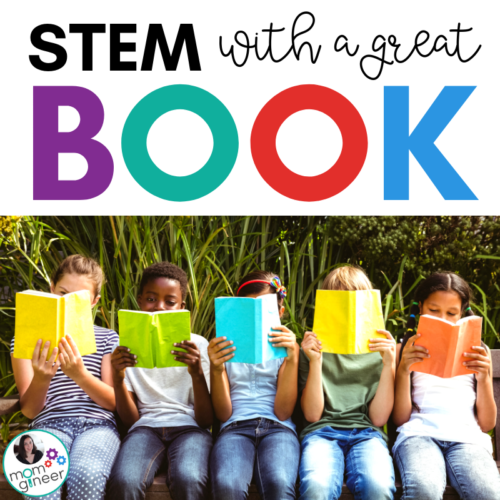
If you want to simultaneously quiet a group of children and activate their imaginations, crack open a great book and start reading aloud. While many parents realize the importance of reading aloud to their infants, toddlers, and preschoolers this practice sometimes gets overlooked as kids start reading independently. According to the Kids & Family Reading Report from Scholastic, only 17% of kids aged 9-11 are read to 5-7 days a week by their parents, a significant drop compared to the 38% in kids aged 6-8.
Why read aloud to your class? Not only do kids thing being read to is fun, but there are some books that may be too difficult for them to read on their own. Reading aloud means these kids still get to enjoy a breadth of literature and not be limited by their own reading ability. Discussing a book read as a group brings further understanding of story elements, such as character development and motivation, setting, and plot. While you don’t need to read any of the books mentioned below out loud, there is something extra special that comes in sharing a book that way with kids. Why not take it a step further and try integrating literacy and STEM?
STEM and Literacy Go Hand in Hand
While STEM doesn’t traditionally include literacy as part of the acronym, the marriage of STEM and literature is one that will stand the test of time. Either while reading a great book or following it, students can explore an aspect of the story in a hands-on way with a STEM activity. In addition to developing full novel STEM resources that can be used as an intensive STEM novel study (find them here), I have also developed “quick tasks” for when you are looking for a little something extra to add to a book your students are already reading. Literacy and STEM are seamlessly integrated with bookshelf STEM.
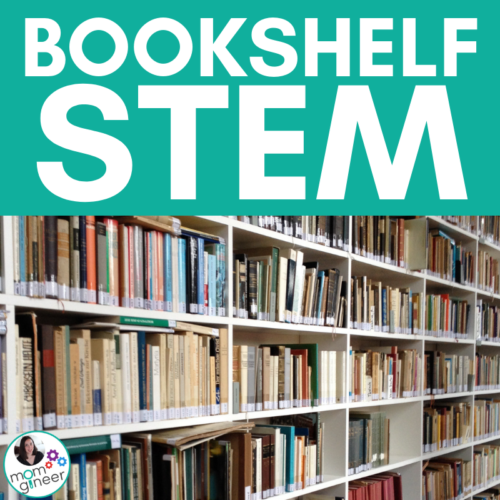
Bookshelf STEM
Bookshelf STEM resources include four or more “quick tasks” that can be used to enhance a book study, in place of a book report, or as a take-home family project. Kids can record their process on a variety of graphic organizers or use the digital journal I created to keep a record of their designs and projects
Some ideas to get started: before even getting started with individual books, why not think of clever ways to store books, create an unusual or fun bookmark, or design a new cover for a beloved book that incorporates something from the story that may otherwise go overlooked?
For books with animals, students can design a habitat or enrichment toy for an animal. If you are visiting a zoo or aquarium, ask the staff what they do to make sure animals are well-cared for, safe, and mentally stimulated. What makes a great enrichment habitat for an animal in captivity? Read about animal enrichment:
- From the Nashville Zoo
- From the Smithsonian’s National Zoo
- From the Fort Worth Zoo
Great Books that Pair Well with STEM (and are awesome read alouds, too!)
Here are some of my favorite books that lend themselves well to enrichment with STEM activities:
Disclaimer: I may earn a small commission for my endorsement, recommendation, testimonial, and/or link to any products or services from this website. Your purchase helps support my work in bringing you downloads of value and information about educational resources. The link below is an Amazon affiliate link. You can read my full disclosure here.
- The One and Only Ivan by Katherine Applegate (get the Bookshelf STEM resource here)
- The BFG by Roald Dahl (get the Bookshelf STEM resource here)
- Pax by Sara Pennypacker (get the Bookshelf STEM resource here)
- Escape from Mr. Lemoncello’s Library by Chris Grabenstein (get the Bookshelf STEM resource here)
- A Boy Called Bat by Elana Arnold (get the Bookshelf STEM resource here)
- Charlotte’s Web by E.B. White (get the Bookshelf STEM resource here)
- Fantastic Mr. Fox by Roald Dahl (get the Bookshelf STEM resource here)
- Stuart Little by E.B. White (get the Bookshelf STEM resource here)
- The Wild Robot by Peter Brown (read more, or get the Novel STEM resource here)
- The Miraculous Journey of Edward Tulane by Kate DiCamillo (read more, or get the Novel STEM resource here)
- Hatchet by Gary Paulsen (read more, or get the Novel STEM resource here)
- Holes by Louis Sachar (read more, or get the Novel STEM resource here)
You’ll notice that many of these stories include an animal (skunk featured in A Boy Called Bat, a clever fox from Fantastic Mr. Fox, a gentle giant gorilla in The One and Only Ivan, and a radiant pig, as well as a clever and kind spider, from Charlotte’s Web):
It seems kids often gravitate towards two kinds of books – ones about animals, or ones about kids where the adults are all lousy, horrible people, or completely off their rockers! I have also noticed, this tends to make the story more palatable to kids when sticky situations or tricky topics are also broached.
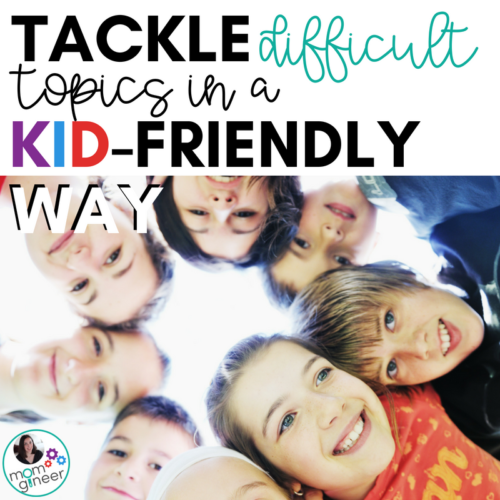
For example, in A Boy Called Bat, we are introduced to an autistic boy, who describes some of his daily observations, difficult interactions (especially with other kids), and the fact that his parents are divorced (how he has to deal with the every-other Fridays situation that will be familiar to many kids). In Pax, the reader is forced to reconcile love and loss, as well as independence, misfortune, and the realities of war. In The One and Only Ivan, kids will need to consider animals as more than just animals but rather beings with emotions, memories, and greater needs. It opens up the floor for some great discussions about how we treat others (people and animals) on the planet. It also makes you think about what a home is and how it can shape the other parts of your life.
Do you have a recommendation for a STEM read aloud or book that pairs well with STEM? Drop it in the comments below!
Pin these ideas for later:



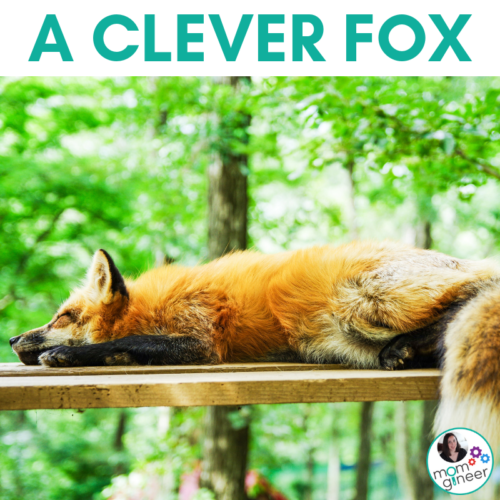
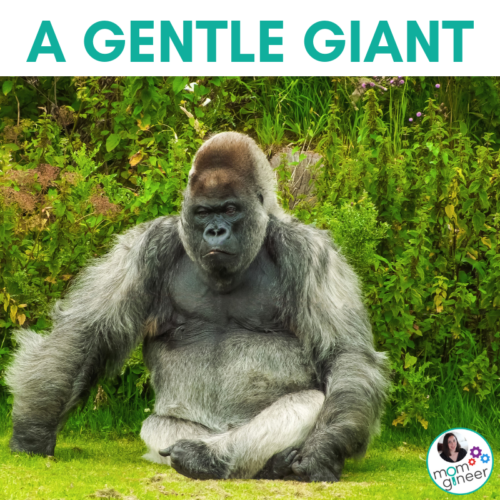
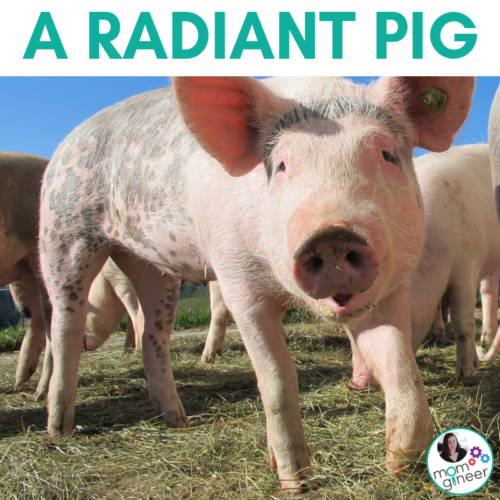
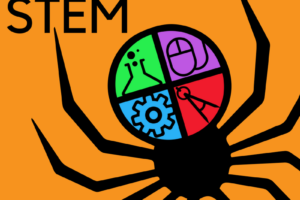
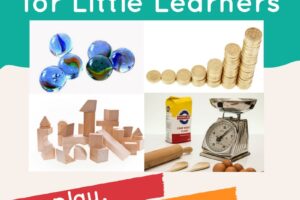
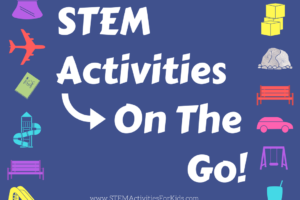
Leave a Reply
Your email is safe with us.